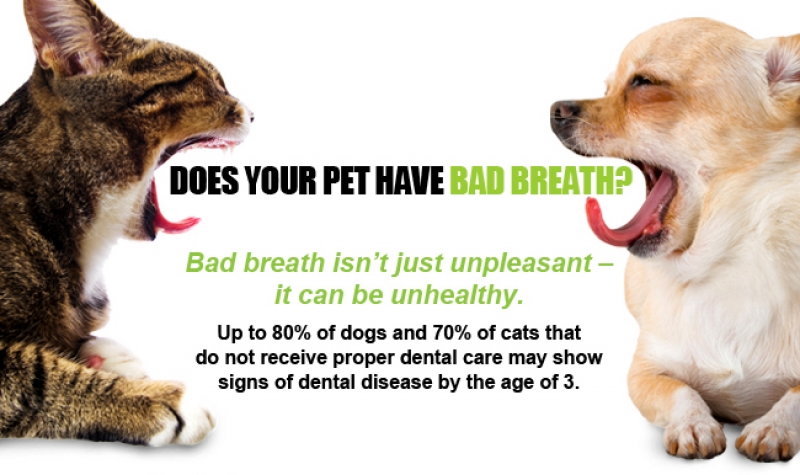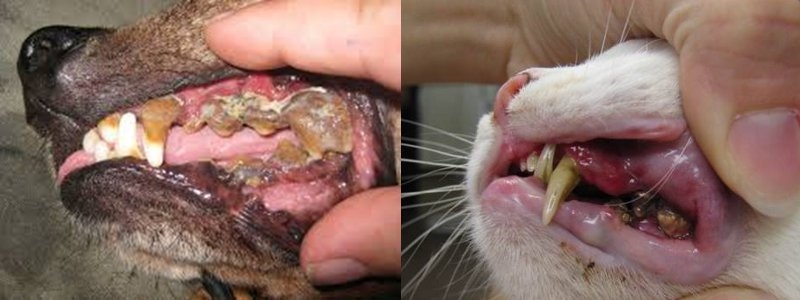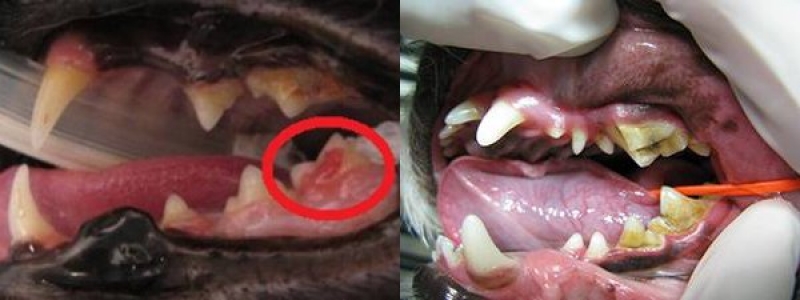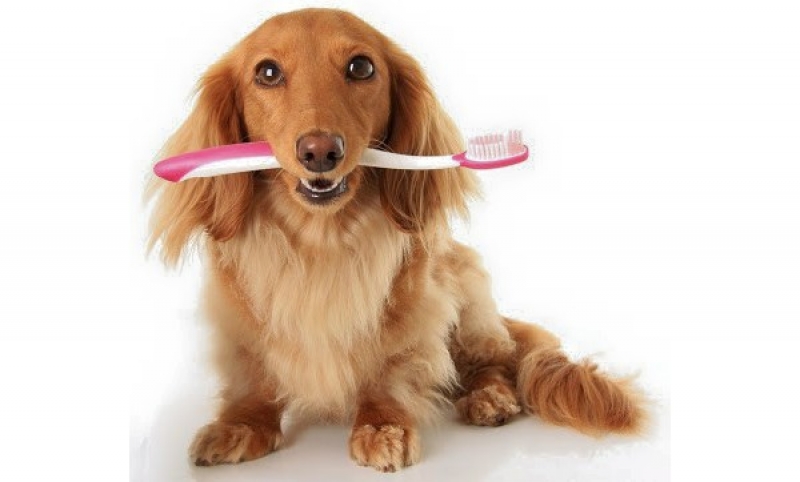Dental Disease
Dental disease is common to both cats and dogs, especially as they age, but there are predisposing factors such as being a short nosed breed (as all their teeth are crammed into a smaller mouth), a miniature or toy breed (for the same reason), having an overbite or underbite (as teeth don't occlude the way they should), or retaining baby teeth (they trap food bits between themselves and the adult teeth, and also crowd the mouth).
Things to look for are bad breath, bleeding in the mouth, chewing only on one side of the mouth, maybe abdandoning dry food (as it hurts to eat) in favour of softer foods, or even a change in behaviour or demeanour as pain may play a role.
I'll cover stages of dental disease, erosive lesions in cats, show what a good dental will do for your pet, prevention, and maybe a few other things too, so stay tuned!
All of these mouths have different grades of dental disease, from mild to moderate to severe. They may look horrendous but they're not all that different from what we see day to day. Dental disease often goes unnoticed because really, who looks right up the back of their animals' mouth regularly? But it pays to lift a lip and have a look (if they'll let you!). Next you can find a chart so you can grade your animal's teeth and at least be aware of where they stand on the dental disease scale
Ok, so hopefully you guys have had a peek at your pet's mouth and now you can grade their teeth using this chart. Remember different teeth can have different grades. Grades 1 and 2 can be reversed with good dental hygiene but Grades 3 and 4 require intervention such as a scale and polish and even extractions (if the roots are damaged or exposed) to get back to a healthy mouth.
These two photos illustrate two common problems:
The first is an erosive lesion in a cat. Erosive lesions can occur in any cat over 2 years of age and are very painful! It's basically like a big ulcer in the tooth through to the pulp cavity. It's not known why it happens but it can stop the cat using the affected side of its mouth which causes plaque buildup. They often get covered with tissue chronically (like this photo) which is a dead giveaway to what's going on underneath. Unfortunately the only treatment for these is extraction.
The second photo illustrates a slab fracture in one of the larger molars. These are relatively common in dogs, especially those that chew hard objects. The slab can be held by some gum to the tooth, or be absent completely having fallen out at the time. But these are painful to start with, then, as they often expose the pulp cavity, they set up infection which becomes more painful as a root abscess develops. It often presents as a swelling under the eye on the cheek. Extraction is the only cure, although antibiotic treatment is usually successful at postponing the problem.
Finally some preventative tools.
Brushing your pet's teeth is the gold standard for keeping their mouth healthy. There are flavoured toothpastes available to make them more cooperative. A toothbrush or microfiber cloth is all you need.
Gnawing on knuckles of bone or dentastix can help. Dogs and cats can be fed chunks of meat they need to scissor through or chicken necks.
Dental biscuits such as Hills t/d or Royal Canin dental can make a huge difference as well when added to the diet.
So keep an eye on your pet's mouth to keep them healthy and pain free!





